The world of big cats—majestic animals that include lions, tigers, leopards, cheetahs, and more—has long fascinated humanity. However, understanding their behavior and ecology has posed significant challenges. Fortunately, recent advancements in technology are shedding new light on the secretive lives of these enigmatic creatures. Through the innovative use of GPS collars, camera traps, drones, and more, researchers are uncovering vital information that could significantly impact conservation efforts. This article delves into how modern technology is reshaping our understanding of big cats in the wild.
Tracking Movements with GPS Collars

One of the most impactful technological advancements for studying big cats is the use of GPS collars. These satellite-linked collars are worn by the animals and provide detailed data on their movements and habitats. By analyzing the GPS data, researchers can map out an individual cat’s range, identify key areas of activity, and even monitor how these patterns change with the seasons or human activities. This provides crucial information for conservationists aiming to protect threatened populations from habitat loss and fragmentation.
Camera Traps Capturing Big Cat Behavior
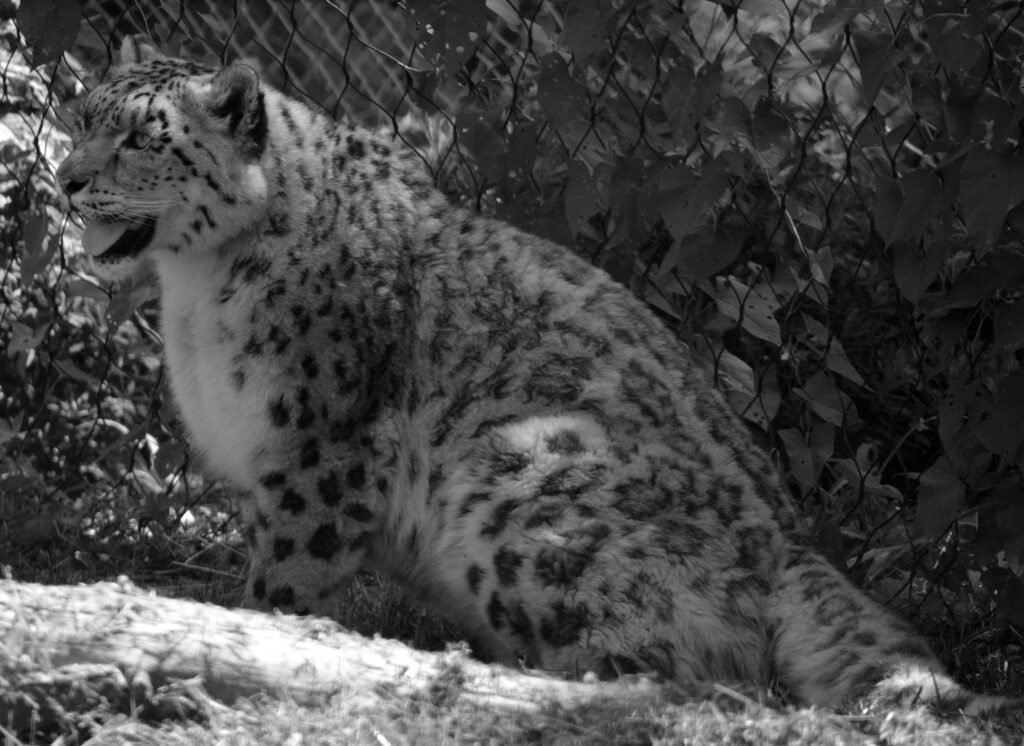
Camera traps have become an invaluable tool for scientists studying big cats. These motion-activated cameras are strategically placed in the wild to capture images and videos of animals as they pass by. Without human presence disturbing the natural behavior of the cats, researchers can observe hunting strategies, social interactions, and even rare events such as mating or rearing of young. The data collected not only enhances our understanding of big cat behavior but also aids in population estimates, helping conservationists assess the health of a species in a given area.
Drone Technology Eyes in the Sky
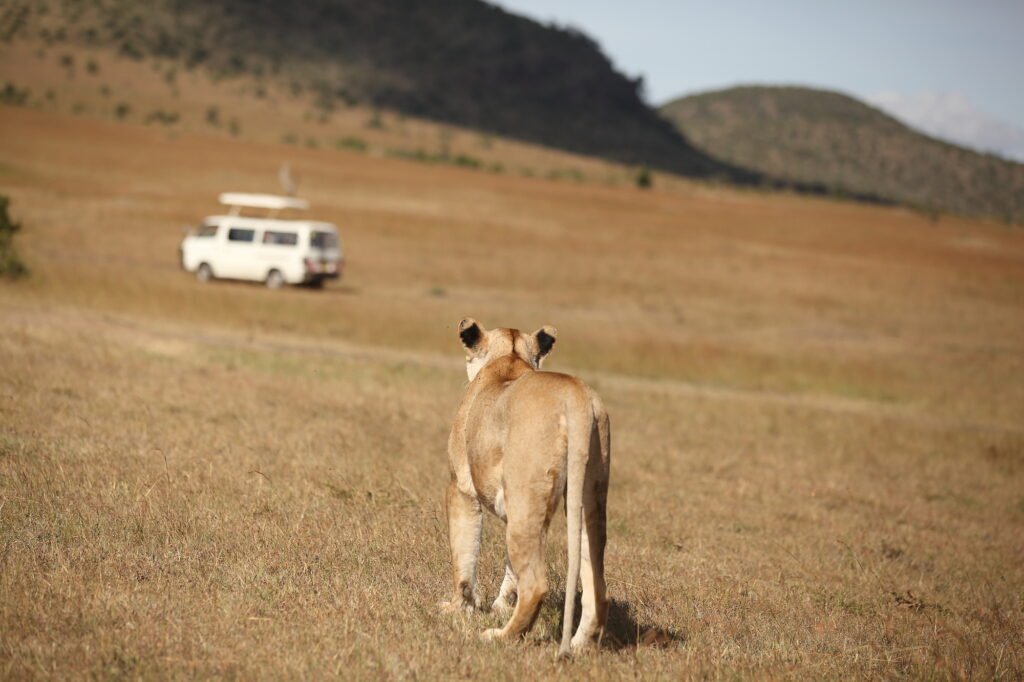
Drones are revolutionizing the study of big cats by providing a bird’s-eye view of their habitats. Equipped with high-resolution cameras and thermal imaging, drones can cover vast areas quickly, capturing images and videos that would be nearly impossible to obtain on foot. This technology is particularly effective for surveying large, dense terrains where traditional methods are challenging. Drones can also monitor poaching activities, providing a valuable tool in the fight against illegal hunting.
Genetic Analysis Insights Into Health and Evolution
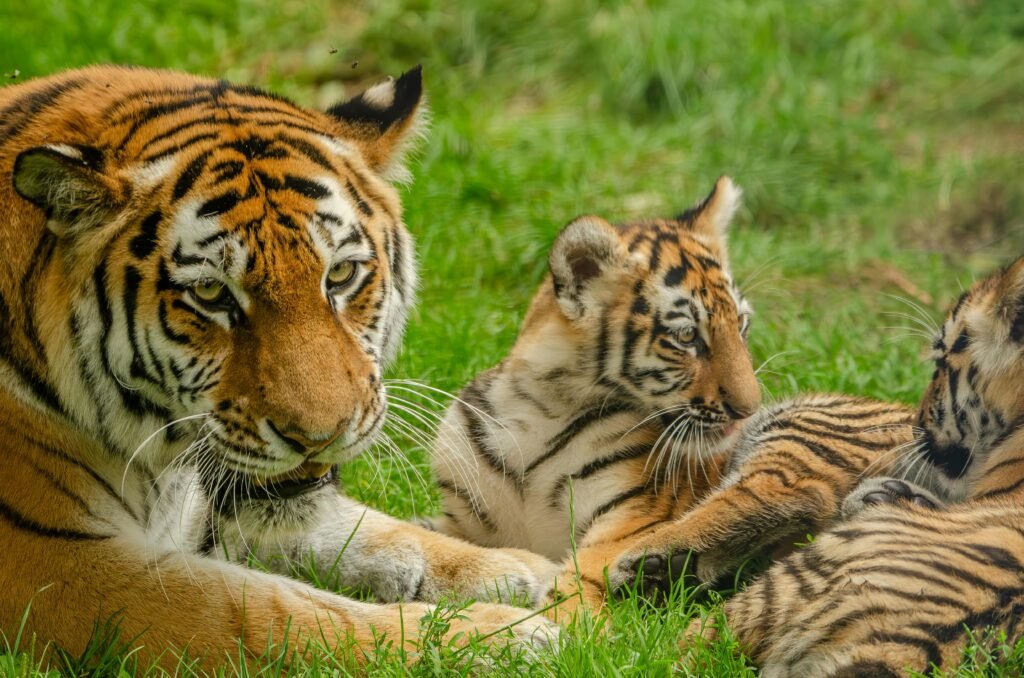
Advancements in genetic analysis are allowing scientists to study big cats at the molecular level. By collecting and analyzing DNA from scat, hair, or other biological samples, researchers can gain insights into the genetic diversity, health, and evolutionary history of these animals. This information is critical for developing strategies to manage breeding programs, especially for endangered species, ensuring that genetic diversity is maintained to avoid inbreeding and potential issues that arise from it.
Bioacoustic Monitoring Listening in on the Wild
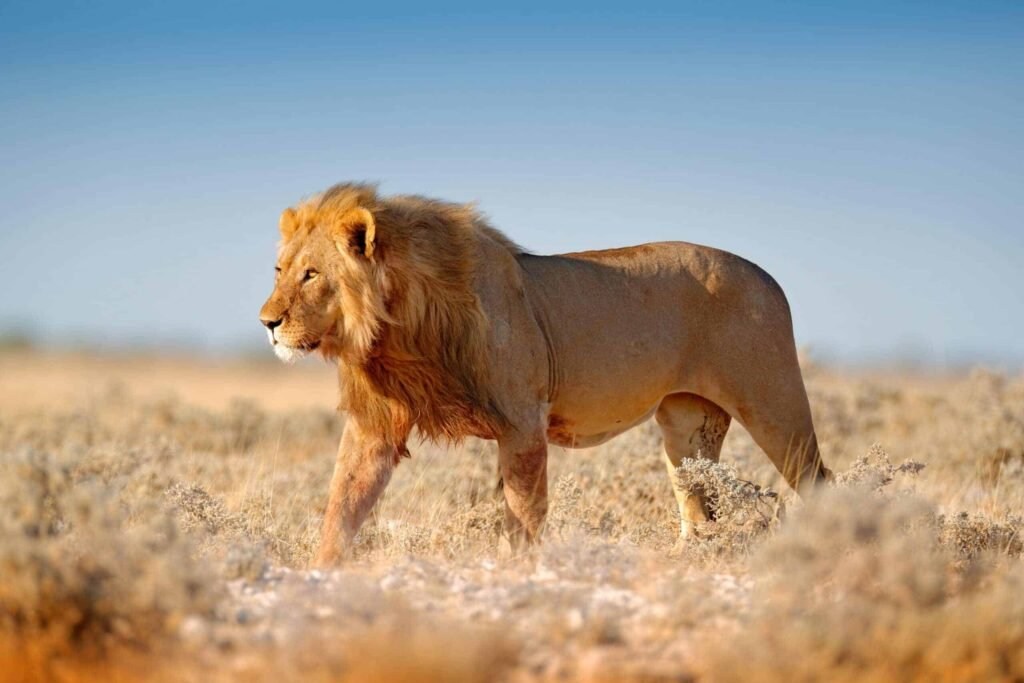
Bioacoustic monitoring is an innovative technique enabling researchers to study big cats through sound. By placing audio recording devices in their habitats, scientists can capture the vocalizations made by these animals. Analyzing these sounds allows researchers to gather data on communication, territory marking, and presence in a particular area without visual contact. This non-invasive method is particularly valuable in dense forests or areas where big cat sightings are rare.
Automated Data Analysis and AI

With the massive amount of data being collected through various technological methods, there is a growing need for efficient data analysis. Artificial Intelligence (AI) and machine learning algorithms are playing a crucial role in sorting and analyzing data, recognizing patterns, and making predictions. For example, AI can automate image and video analysis from camera traps, identifying specific individuals, species, and even behaviors, greatly speeding up the research process.
Conservation Implications Protecting Big Cats
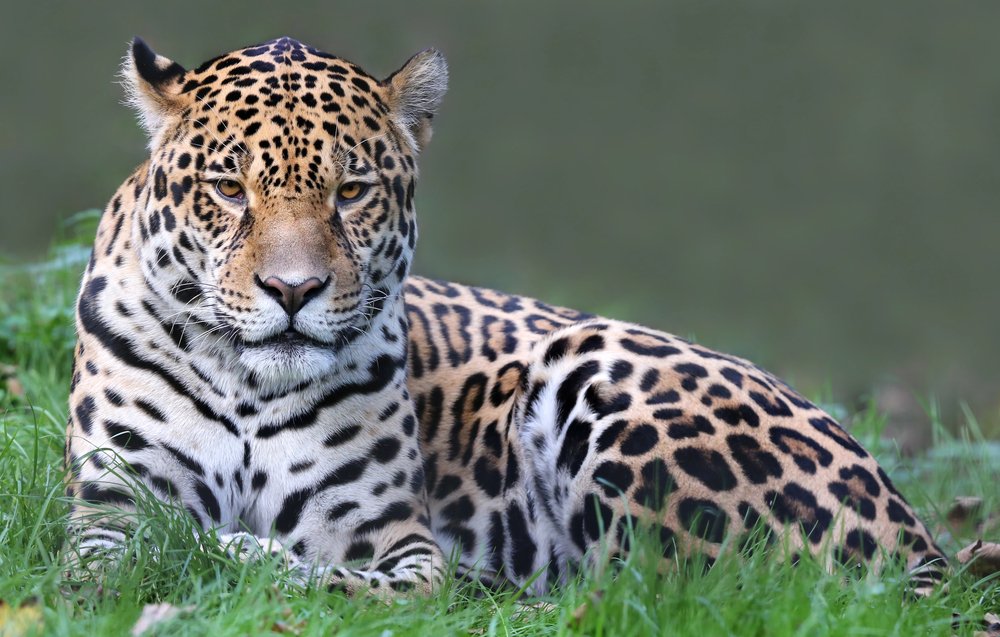
The technological breakthroughs in studying big cats have significant implications for their conservation. By understanding their ranges, behaviors, and needs, effective conservation strategies can be developed and implemented. These strategies may include creating protected areas, establishing wildlife corridors to connect fragmented habitats, or enforcing stricter anti-poaching laws. Technology-driven insights also help in educating local communities about the importance of big cats in the ecosystem, fostering coexistence and support for conservation efforts.
The Role of Citizen Science
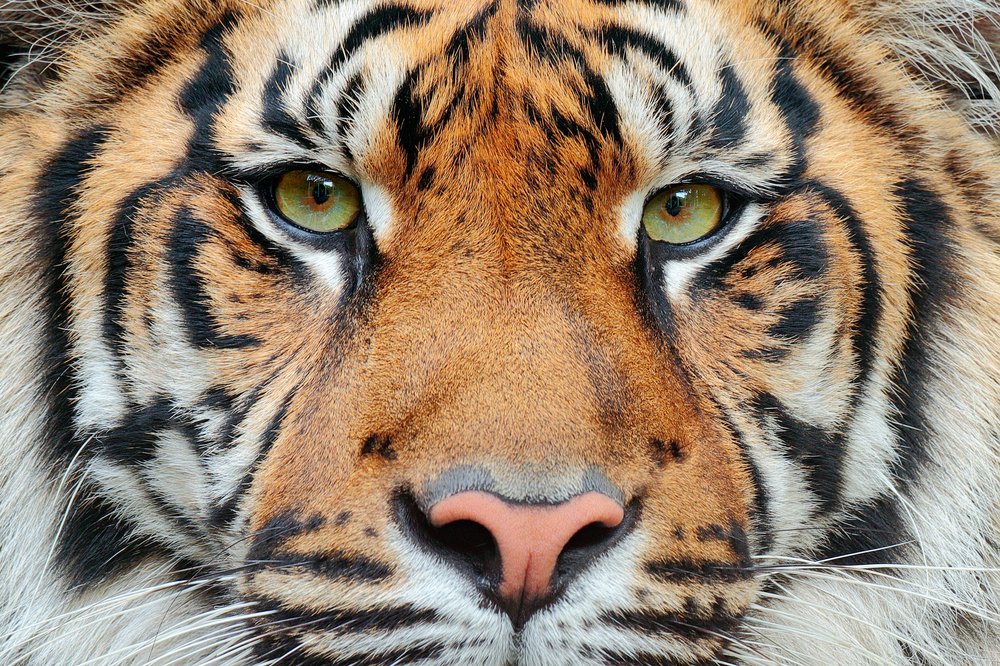
Citizen science is playing an increasingly important role in big cat research. By involving the public in data collection through apps and online platforms, researchers can gather vast amounts of information over large areas. Citizens can contribute by reporting sightings, setting up personal camera traps, or reviewing data online. This not only helps scientists but also raises awareness and engagement with big cat conservation efforts.
The Future of Big Cat Research
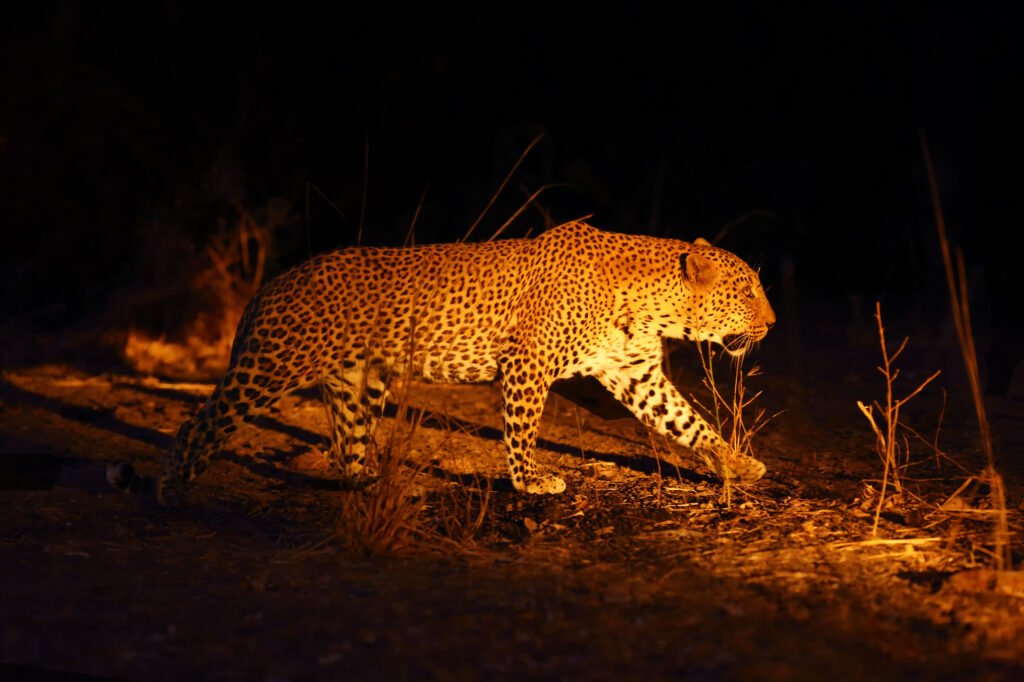
The future of big cat research is promising, with continual advancements in technology offering new ways to understand and protect these majestic creatures. Emerging technologies, such as networked biosensors that provide real-time health monitoring or satellite telemetry that offers more precise tracking, could further enhance our ability to study big cats. As technology progresses, so too does our ability to create meaningful conservation initiatives that ensure the survival of these iconic animals for generations to come.
Conclusion: The Power of Technology in Understanding Big Cats
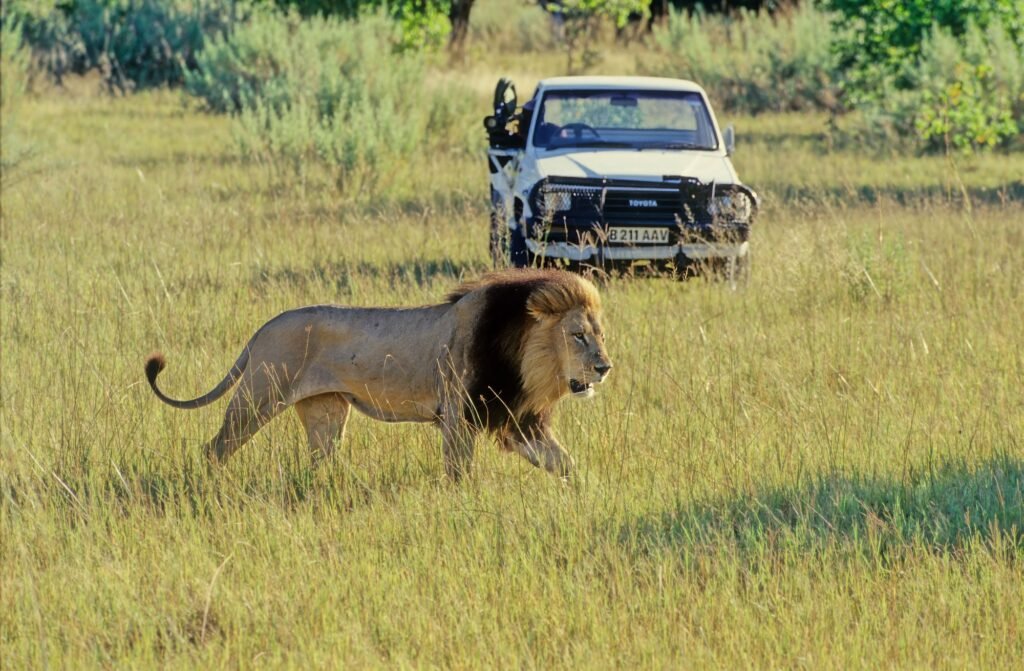
The secret lives of big cats are slowly being unveiled through the innovative use of technology. By combining traditional research methods with cutting-edge tools, scientists are gaining unprecedented insights into the world of these majestic creatures, enabling better strategies for their conservation. As we continue to harness the power of technology, there is hope that these incredible animals will not only survive but thrive in the wild, maintaining their place in the biodiversity of our planet.






